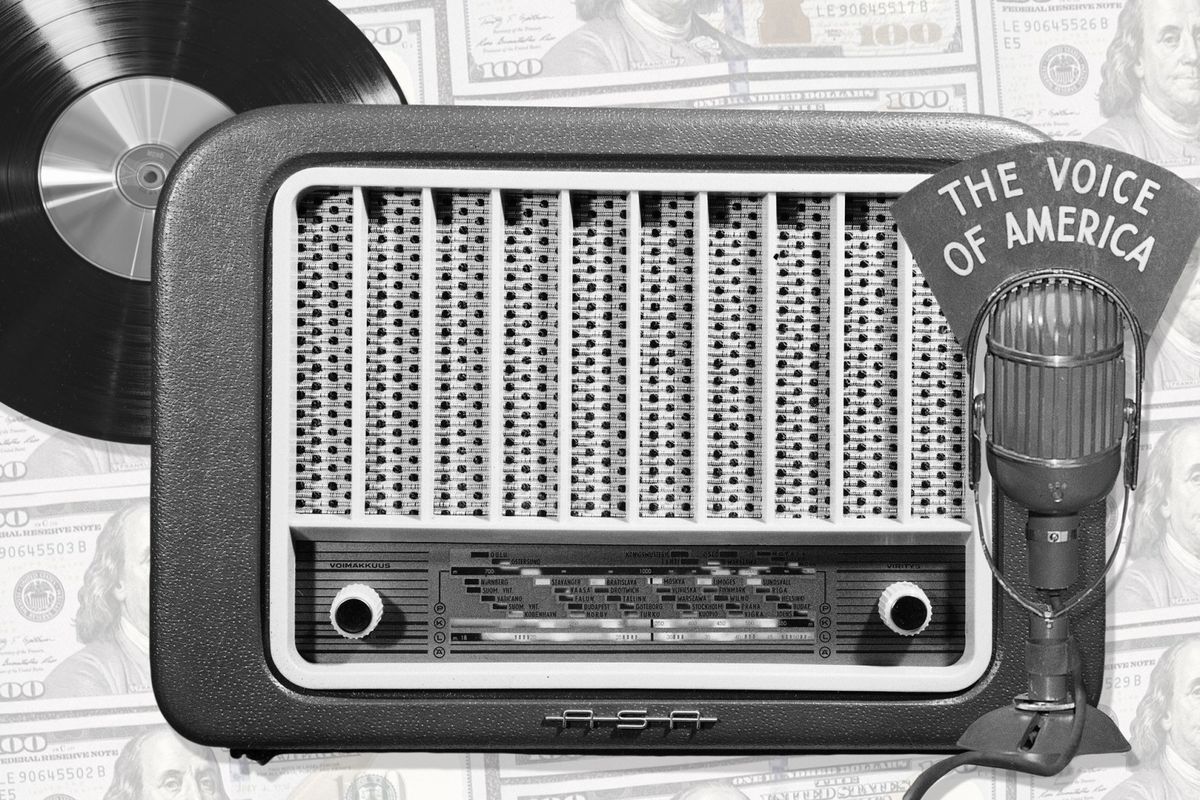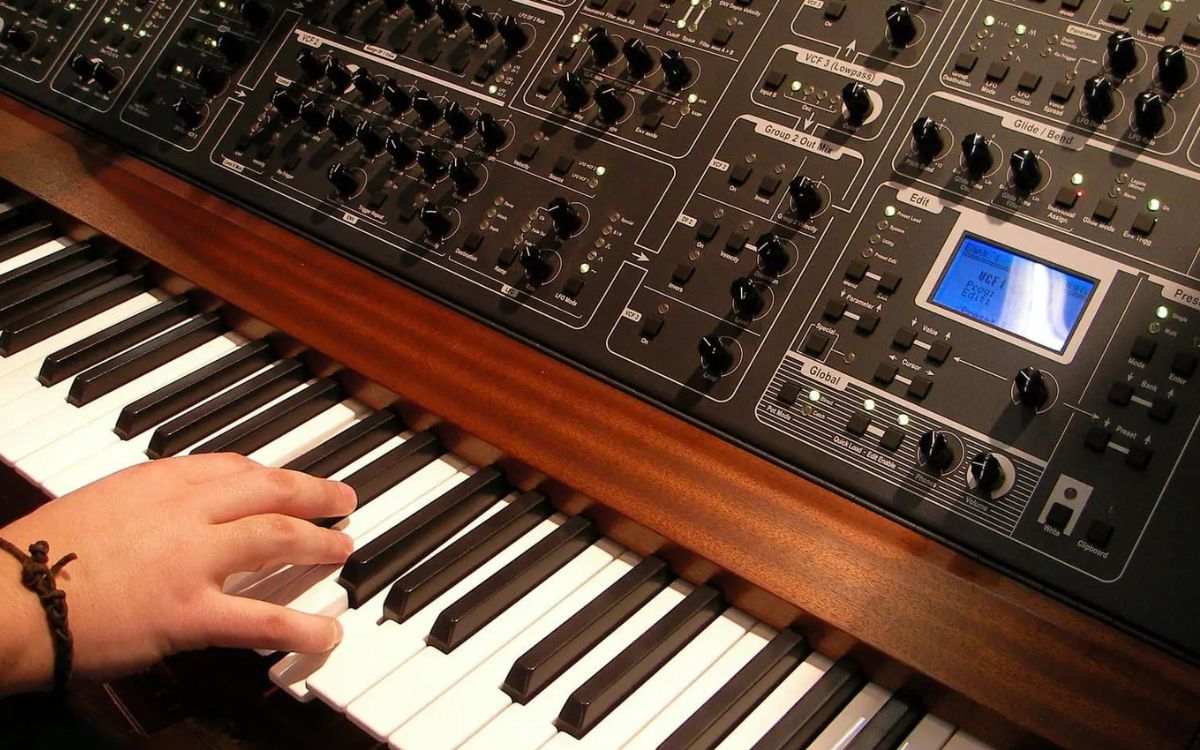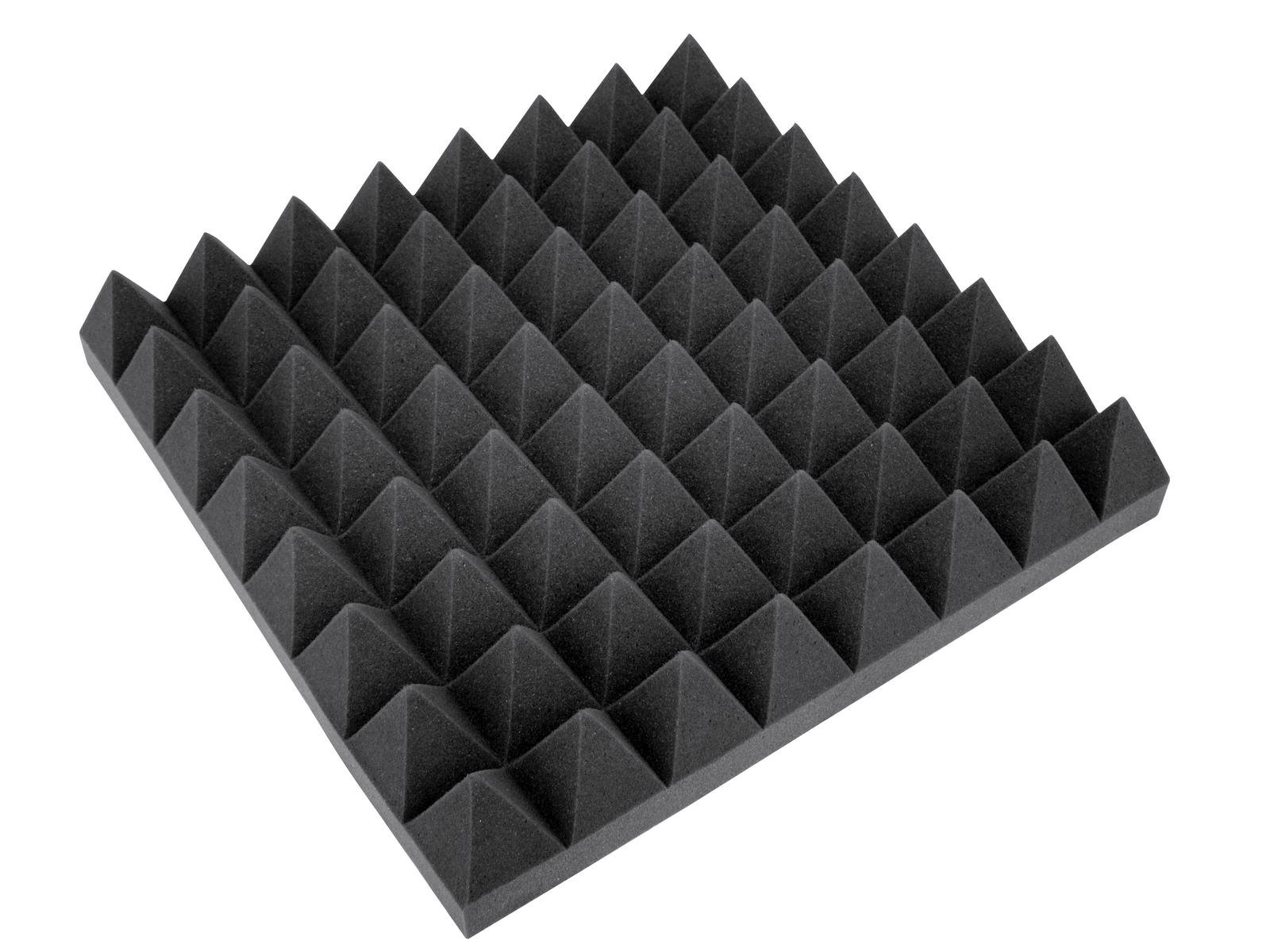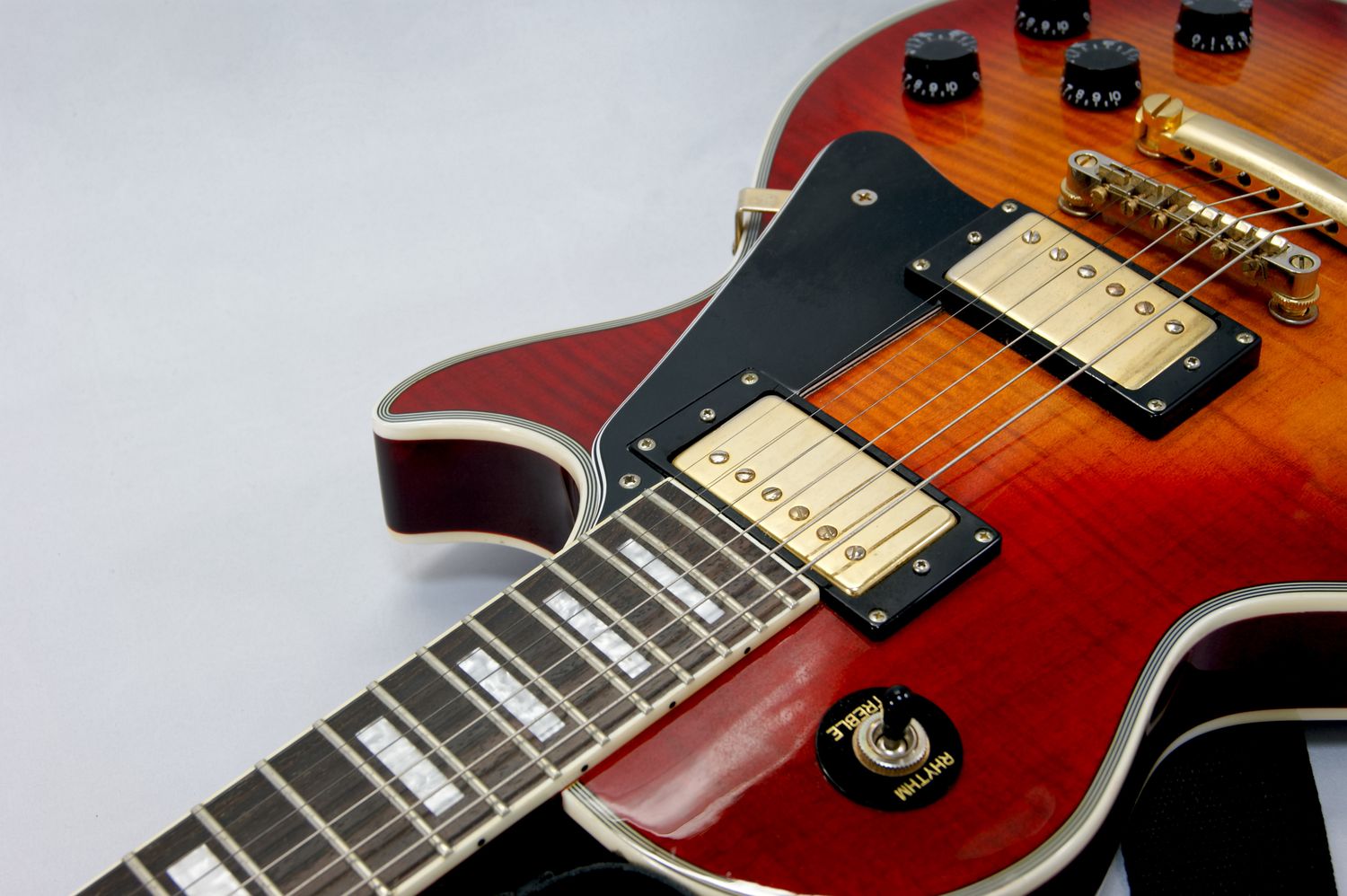Home>Production & Technology>Metronome>How Does A Metronome Work Physics
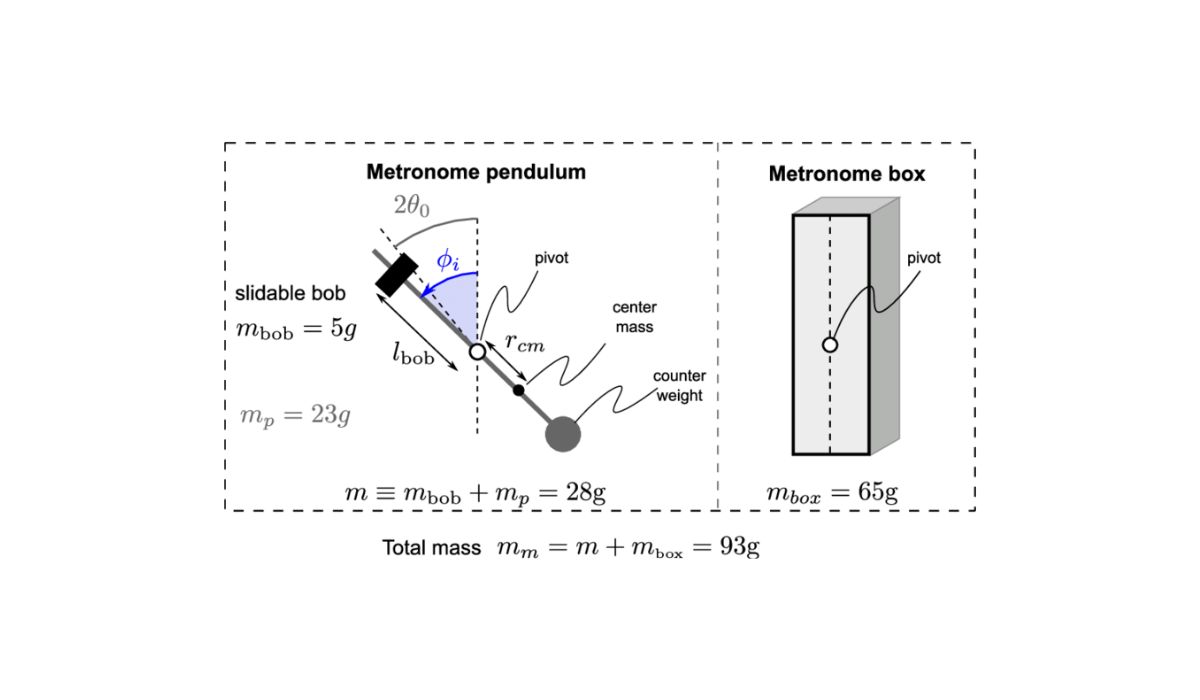

Metronome
How Does A Metronome Work Physics
Published: January 13, 2024
Discover the fascinating physics behind how a metronome works and keeps time. Dive into the mechanics of this essential musical tool and gain a deeper understanding of its rhythmic precision.
(Many of the links in this article redirect to a specific reviewed product. Your purchase of these products through affiliate links helps to generate commission for AudioLover.com, at no extra cost. Learn more)
Table of Contents
Introduction
A metronome is a device commonly used by musicians to keep time and maintain a consistent tempo while playing an instrument or singing. It serves as a crucial tool for practicing, recording, and performing music. But have you ever wondered how a metronome actually works? In this article, we will delve into the physics behind this fascinating device.
At its core, a metronome is designed to produce a regular, steady beat or rhythm. This helps musicians develop a sense of timing and control over their performance. Whether you’re a beginner or a seasoned professional, understanding the physics behind the metronome can provide valuable insights into its workings.
By exploring the basic mechanisms, such as the pendulum system and the weight and spring system, we will uncover the intricate physics principles employed in a metronome’s design. We will also examine how gravity and friction play crucial roles in the device’s operation.
Furthermore, we will discuss how musicians can adjust the tempo of a metronome to suit their needs and the importance of proper calibration for optimal performance. Finally, we will touch on the role of physics in the overall design and evolution of metronomes.
So, whether you’re a musician curious about the science behind your practice tool or simply someone intrigued by the wonders of physics, join us as we explore the intriguing world of metronomes and their underlying physics principles.
The Basic Mechanism of a Metronome
At first glance, a metronome may seem like a simple device, but its mechanism is actually quite fascinating. The primary function of a metronome is to provide an audible beat with a regular rhythm, allowing musicians to maintain a consistent tempo. This is achieved through a combination of various components and physics principles.
Two of the most common mechanisms used in metronomes are the pendulum system and the weight and spring system. Let’s explore how these mechanisms work:
The Pendulum System: Many traditional metronomes employ a pendulum system to generate the beat. The metronome’s body houses a weighted pendulum rod that swings back and forth. As the pendulum swings, it activates a mechanism inside the metronome that produces the clicking sound, indicating the beat. The length of the pendulum rod and the weight attached to it determine the speed of the swing, thus controlling the tempo of the metronome.
The Weight and Spring System: Another popular mechanism used in metronomes involves a balance wheel driven by a spring and a weight. As the spring unwinds, it releases energy to drive the balance wheel, creating a consistent oscillation. This oscillation is then translated into an audible beat by a mechanical mechanism or an electronic sound generator.
In both of these mechanisms, the precise timing and regularity of the beats are crucial. The physics principles at play here are the concepts of potential energy, kinetic energy, and the conservation of energy. The weight or balance wheel stores potential energy when lifted or wound, and this potential energy is transformed into kinetic energy as the weight or balance wheel begins to move. The energy transfer allows for a regular oscillation or swing, resulting in a consistent beat.
Moreover, both the pendulum system and the weight and spring system rely on the effects of friction and gravity to function properly. Friction slows down the swinging motion of the pendulum or the balance wheel, ensuring a smooth and controlled movement. Gravity plays a vital role in pulling the pendulum or weight down, providing the necessary force to swing or oscillate.
In the next sections, we will dive deeper into how gravity and friction affect the metronome’s operation, as well as discuss how musicians can adjust the tempo of the device to meet their specific needs.
The Pendulum System
The pendulum system is one of the most widely used mechanisms in metronomes. It consists of a weighted rod, known as a pendulum, that swings back and forth in a controlled manner to produce the beat. This system relies on the principles of gravity, inertia, and periodic motion.
The length of the pendulum rod and the weight attached to it play a crucial role in determining the tempo or speed of the metronome. The longer the pendulum, the slower the tempo, and vice versa. This is because the period of a pendulum—the time it takes to complete one full swing—is directly proportional to its length. A longer pendulum will have a longer period, resulting in a slower beat.
As the metronome is wound up, potential energy is stored in the raised weight. When released, gravity pulls the weight down, converting the potential energy into kinetic energy. As the weight reaches its lowest point, it begins to slow down due to the opposing force of gravity. This deceleration causes the pendulum to change its direction, swinging back up. At the highest point of the swing, the pendulum momentarily stops before gravity again pulls it back down.
Key to the pendulum system is the concept of inertia. Inertia is the tendency of an object to resist changes in its motion. As the pendulum swings back and forth, the weight’s inertia causes it to continue in its motion until an external force, such as friction, slows it down.
To create the audible beat, the swinging pendulum is connected to a mechanism that produces a clicking sound at each swing. The mechanism consists of an escapement, which allows the pendulum to move forward in small increments and engage a gear, creating the sound. The gear, in turn, rotates a shaft with a weight attached to it, giving the distinctive ticking sound that musicians rely on.
Overall, the pendulum system provides a reliable and accurate method of generating a consistent beat. Its reliance on gravity and the principles of inertia and periodic motion make it an essential component of many traditional metronomes.
The Weight and Spring System
Another commonly used mechanism in metronomes is the weight and spring system. This system utilizes a coiled spring that stores potential energy and a weight that converts that energy into a regular oscillating motion.
In this mechanism, when the metronome is wound up, the spring is compressed, storing potential energy. As the spring slowly unwinds, it releases the stored energy, causing the balance wheel to rotate. The balance wheel acts as a regulator, maintaining a consistent speed by controlling the release of energy from the spring.
The balance wheel consists of a weighted disk that rotates on an axle. As the spring unwinds, it transfers energy to the balance wheel, initiating its rotational motion. The weight attached to the balance wheel ensures a consistent and controlled oscillation by preserving the momentum of the rotating disk.
As the balance wheel oscillates, it engages with a mechanism that produces an audible sound at each movement. This can be achieved through a mechanical escapement or an electronic sound generator. The escapement mechanism controls the release of energy to the gear, creating the characteristic ticking sound that musicians rely on.
The weight and spring system rely on physics principles such as potential energy, kinetic energy, and the conservation of energy. The potential energy stored in the compressed spring is converted into kinetic energy as the spring unwinds, driving the rotational motion of the balance wheel. The balance between the potential and kinetic energy ensures a consistent and controlled oscillation, resulting in a regular beat.
Friction also plays a role in the weight and spring system. It helps control the speed and oscillation of the balance wheel, preventing it from rotating too quickly or inconsistently. Proper lubrication and regular maintenance are essential to minimize friction and ensure the smooth functioning of the mechanism.
The weight and spring system offers a reliable and precise method of generating a consistent beat in metronomes. Its reliance on the principles of potential and kinetic energy, along with the use of a balance wheel, makes it a popular choice among musicians.
How Gravity and Friction Affect the Metronome
Gravity and friction are two crucial factors that significantly impact the operation and accuracy of a metronome. Understanding how these forces come into play is essential in obtaining consistent and reliable rhythmic beats.
Gravity: Gravity plays a fundamental role in the functioning of a metronome. It is responsible for providing the necessary force to initiate and maintain the motion of the metronome’s swinging pendulum or rotating balance wheel. Without the force of gravity, the metronome would not be able to generate its rhythmic movement.
Gravity acts upon the weight attached to the pendulum, pulling it downwards and causing it to swing back and forth in a regular pattern. This swinging motion creates the beats of the metronome. Similarly, gravity pulls down on the balance wheel in the weight and spring system, initiating its rotational motion and ensuring a consistent oscillation.
Friction: Friction is a force that opposes motion and dissipates energy. In the case of a metronome, friction plays a crucial role in controlling the speed, amplitude, and stability of the swinging pendulum or rotating balance wheel.
In the pendulum system, friction helps regulate the swing by gradually slowing down the motion of the pendulum. This prevents the pendulum from swinging too quickly and ensures a smooth and controlled movement. The use of proper lubrication for the pivot points of the pendulum reduces friction and enhances its accuracy.
In the weight and spring system, friction is also present in the rotational motion of the balance wheel. Friction between the axles and bearings affects the speed and stability of the oscillation. Proper lubrication and maintenance of these parts minimize friction and allow for a consistent and accurate beat.
It is essential to strike a careful balance when it comes to friction in a metronome. While a certain level of friction is necessary to control the swing or rotation, excessive friction can lead to inconsistencies and irregularities in the beat. Regular maintenance, including cleaning and lubrication, can help maintain an optimal balance of friction for optimal metronome performance.
Understanding the effects of gravity and friction on a metronome allows musicians to make informed adjustments and ensure that their timing remains precise and consistent. Proper calibration and maintenance, including checking the levelness of the metronome’s base, can further enhance the accuracy of the device.
Adjusting the Metronome’s Tempo
The tempo, or speed, of a metronome is a crucial aspect for musicians. It determines the pace at which they play or sing, helping them maintain a consistent rhythm and timing. Adjusting the tempo of a metronome is usually a straightforward process, allowing musicians to set the desired speed for their practice or performance.
Most metronomes feature a tempo dial or knob that can be turned to adjust the beats per minute (BPM). The BPM represents the number of beats the metronome will produce in one minute. By increasing the BPM, the metronome will play a faster beat, while decreasing the BPM will slow down the tempo.
The range of BPM settings can vary depending on the specific metronome model. Some metronomes offer a wide range, allowing for fine-grained adjustments, while others have a more limited range. It’s important to choose a metronome that suits your specific needs and musical style.
Musicians must take the style and genre of music into account when setting the metronome’s tempo. For example, fast-paced genres such as rock or pop may require higher BPM settings, while slower genres like ballads or classical pieces may call for lower BPMs.
Additionally, it’s important to consider the skill level and proficiency of the musician. Beginners may find it helpful to start with a slower tempo, gradually increasing it as they become more comfortable and proficient. Experienced musicians may need to adjust the tempo to challenge themselves or meet the requirements of a particular musical piece.
When adjusting the metronome’s tempo, it’s important to allow yourself time to adapt and become comfortable with the new speed. Practice sessions with gradually increasing tempos can help build technical proficiency and foster a solid sense of rhythm.
Some metronomes also offer additional features to assist with tempo adjustments. These can include visual cues such as LED lights or flashing indicators synchronized with the beat, providing a visual representation of the tempo. Some metronomes even incorporate programmable memory settings, allowing musicians to store and recall specific tempo settings for different songs or sections.
Ultimately, setting and adjusting the metronome’s tempo is a personal choice that depends on the musical genre, skill level, and individual preferences. Experimenting with different tempos and finding the right balance is key to achieving optimal timing and rhythm in musical performances.
The Role of Physics in Metronome Design
Physics plays a significant role in the design and functionality of metronomes. It encompasses the principles of mechanics, such as gravity, friction, potential energy, and periodic motion, which are essential in creating a consistent and reliable beat.
One of the key physics principles utilized in metronomes is the concept of periodic motion. This refers to the regular and repetitive motion of an object, such as the swinging of a pendulum or the oscillation of a balance wheel. By harnessing the predictable nature of periodic motion, metronomes are able to generate a rhythmic beat.
Gravity is another fundamental force that affects the operation of metronomes. It provides the necessary force to initiate and sustain the motion of the swinging pendulum or the rotating balance wheel. Without gravity, the metronome would not be able to generate the rhythmic movement required for keeping time.
Friction, while often seen as an undesirable force, is carefully managed in the design of metronomes. Friction assists in controlling the speed, amplitude, and stability of the swinging pendulum or the rotating balance wheel. Proper lubrication and maintenance of pivot points and bearings help minimize friction and ensure smooth and consistent motion.
The concept of energy transfer is also integral to metronome design. In metronomes that employ a weight and spring system, potential energy is stored when the spring is wound up. As the spring unwinds, this potential energy is transferred into kinetic energy, driving the oscillation of the balance wheel and producing the beat.
Furthermore, precise calibration of the metronome is crucial for accurate timing. Leveling the metronome’s base, ensuring that the pendulum length or balance wheel weight is correctly set, and minimizing any external disturbances contribute to improved precision.
Modern metronomes also often integrate electronic components and advancements, such as digital displays or sound generators. These electronic elements utilize principles from fields beyond classical physics, such as electrical engineering and computer science, to enhance the functionality and versatility of metronomes.
Overall, metronomes rely on a deep understanding of physics principles to create a consistent and reliable beat. By harnessing concepts like periodic motion, gravity, friction, and energy transfer, metronomes provide invaluable tools for musicians to develop their rhythm, timing, and precision.
Conclusion
Metronomes are more than just simple time-keeping devices for musicians; they are the result of careful physics design and engineering. Understanding the basic mechanisms of metronomes, such as the pendulum system and the weight and spring system, provides valuable insights into the intricate physics principles at play.
Gravity and friction play vital roles in the operation of metronomes. Gravity provides the necessary force to initiate and sustain the motion of the swinging pendulum or the rotating balance wheel. Friction, on the other hand, controls the speed, stability, and amplitude of the metronome’s motion, ensuring accurate and consistent beats.
Adjusting the tempo of a metronome allows musicians to practice and perform at different speeds, catering to the requirements of various musical genres and individual skill levels. Fine-tuning the tempo with the help of features like tempo dials or programmable settings ensures precise timing and rhythm.
Physics underpins the entire design of metronomes, facilitating the generation of regular beats through principles such as periodic motion, potential energy transfer, and careful management of gravitational and frictional forces. By leveraging these principles, metronomes provide musicians with an indispensable tool for mastering timing, rhythm, and precision in their performances.
As technology continues to advance, metronomes evolve to incorporate digital displays, sound generators, and other electronic components. These advancements further enhance the functionality and versatility of metronomes, offering musicians new opportunities to practice and refine their skills.
Whether you’re a musician seeking to improve your timing or simply fascinated by the intersection of physics and music, understanding the inner workings of metronomes provides a deeper appreciation for the precision and accuracy they offer. So, the next time you use a metronome, remember the physics behind it and let it guide you towards a rhythmically captivating performance.

